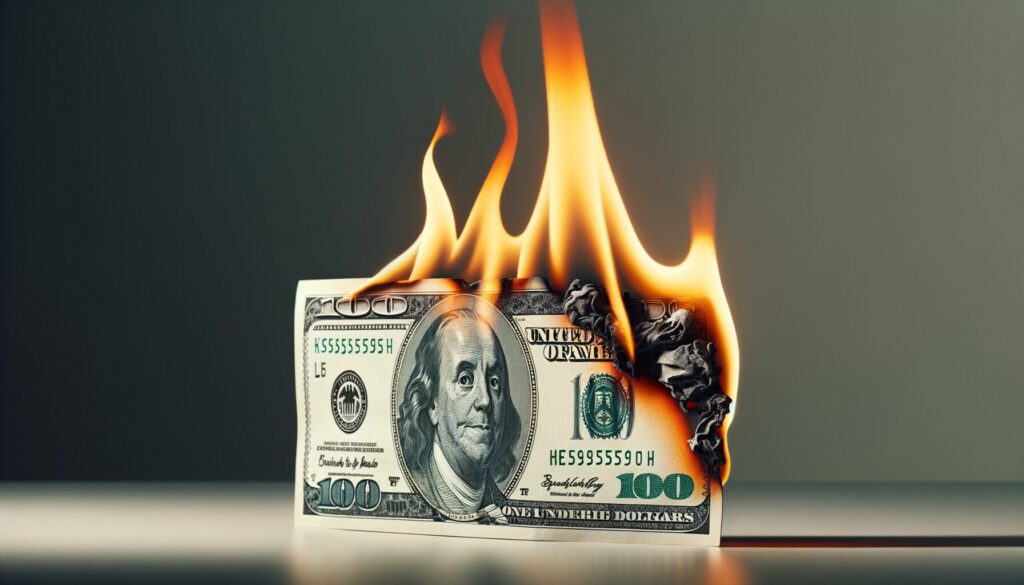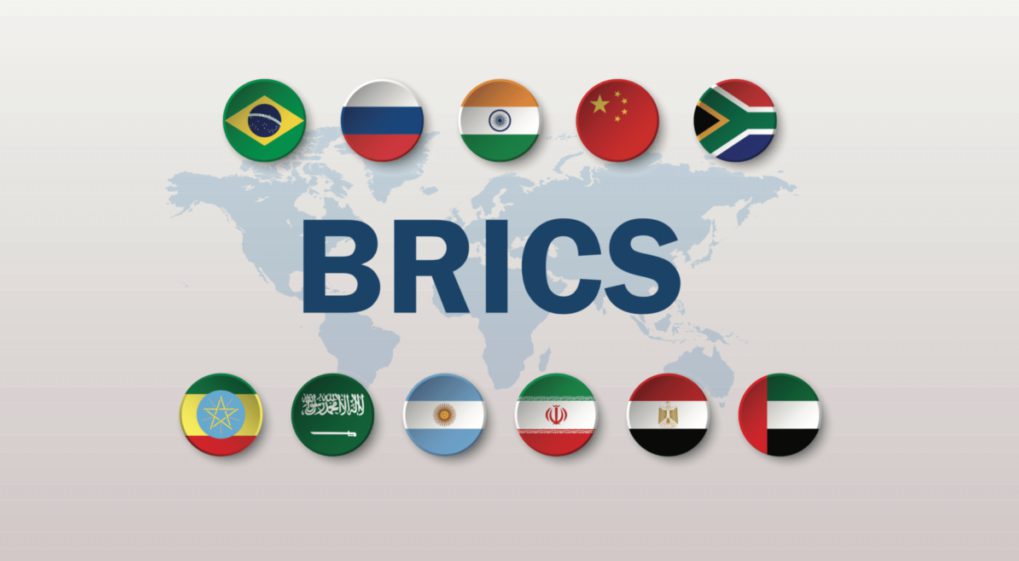De-Dollarization Charges Ahead—And Not Even Trump Can Stop It
The dollar's dominance is slipping—fast. Geopolitical shifts and the rise of alternative assets are chipping away at its monopoly. And no, political posturing won’t reverse the trend.
Here’s what might: A seismic shift in global trust. When institutions fail, markets pivot. And right now, the smart money’s eyeing exits.
Bonus jab: Wall Street still hasn’t noticed—too busy counting its fees.
Can Trump’s Capital Tax Slow Russia-China Dedollarization Shift?#

Dollar Reserve Status Weakens Despite Threats
The dollar lost its dominant position in forex reserves, going from 72% in 2002 to 59% in 2023, and then ticked up slightly to 57.8% by the fourth quarter of 2024, because more people are now using alternatives like the yuan instead of the dollar in global trade. Total global foreign exchange reserves fell to $12.36 trillion at the end of 2024 from $12.75 trillion in the third quarter, IMF data shows, reflecting currency depreciation against the dollar. At this time, about one-fifth of oil transactions are processed in non-US dollar currencies, breaking with a tradition of US dollar currency use.
Hippolyte Fofack, former chief economist at the African Export-Import Bank, stated:
This assessment also suggests Trump’s tariff threats cannot stop de-dollarization momentum driven by economic fundamentals rather than political pressure alone.
Section 899 Weaponizes Markets Against Currency Competition
The budget proposed by Trump includes Section 899 which targets countries considered to have discriminatory tax policies. It shows the current method the administration uses to pressure abroad, mainly against Russian and Chinese efforts to decrease dependency on the US dollar.
George Saravelos, global head of FX research at Deutsche Bank, explained that this approach:
Elias Haddad, a strategist at Brown Brothers Harriman, warned that such measures:
BRICS Infrastructure Bypasses Dollar System

China has built the Cross-Border Interbank Payment System and opened bilateral swap lines with close to 40 central banks which has made it easier for the yuan to be used instead of the dollar in transactions.
Russia and India may save about $30 billion in their currency trading if India buys Russian oil in rupees. The BRICS New Development Bank aims to bring the share of local-currency lending up from 22% to 30% by 2026, to reduce its use of US dollar loans for development.
Internal Dysfunction Threatens Dollar More Than External Forces: How to Stop That
Carla Norrlöf, a non-resident senior fellow at the Atlantic Council, has warned:
Despite these warnings, Norrlöf also outlined specific measures that could help the US stop de-dollarization efforts. She emphasized that preventive measures require Washington to focus on its own stability while engaging positively with global partners. The US should also actively pursue dollar stability through tech-based financial solutions, such as developments in digital payments, which could help stem the rise of substitute payment systems that have cropped up regionally.
Most importantly, Norrlöf argued that the US needs to reinforce the economic factors that give the dollar its strength, particularly by promoting domestic political stability to avoid imperiling confidence in the greenback. She noted that the dollar’s centrality in global finance creates substantial barriers to any large-scale shift away from its use, and that efforts to promote alternative currencies haven’t yet met the reach and scale of the US dollar dominance.
It is shown by experts that problems in domestic policy can affect efforts to stop de-dollarization more than other competing currencies. Even though Trump made policy measures to raise taxes and impose tariffs, the motivations pushing de-dollarization are too strong for one single action to fight back. Dollar loss is picking up as new technologies and two-way deals are making the yuan popular which indicates the use of retaliatory measures against states could harm the US dollars from remaining on top.

